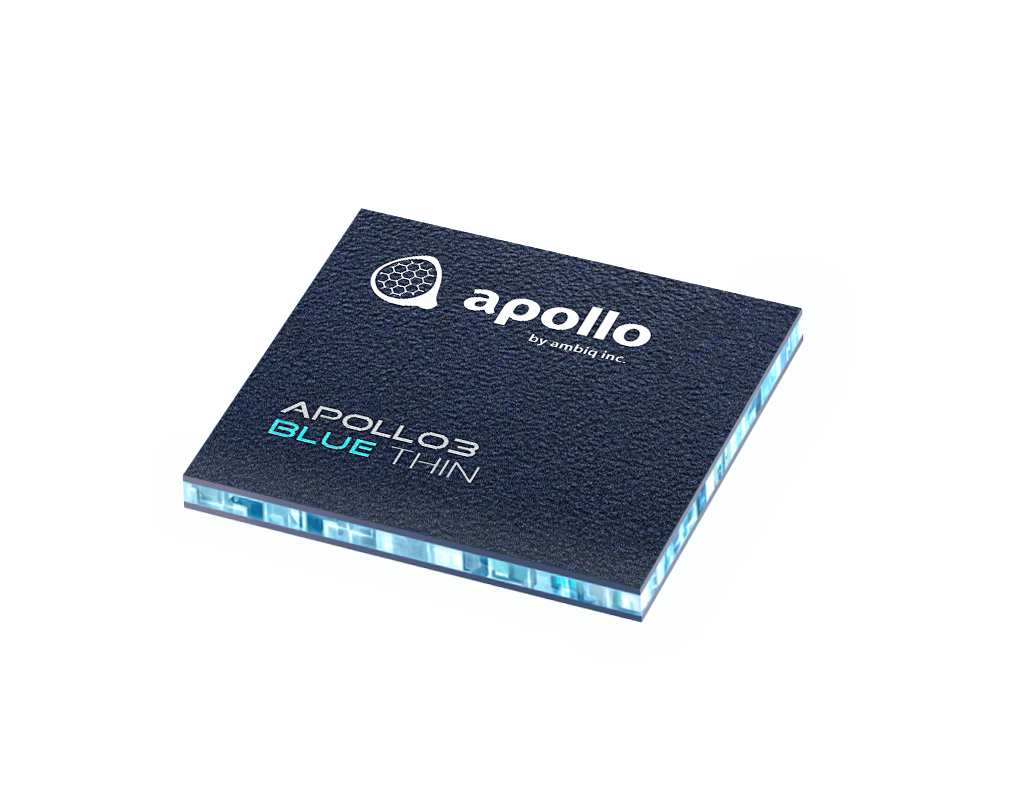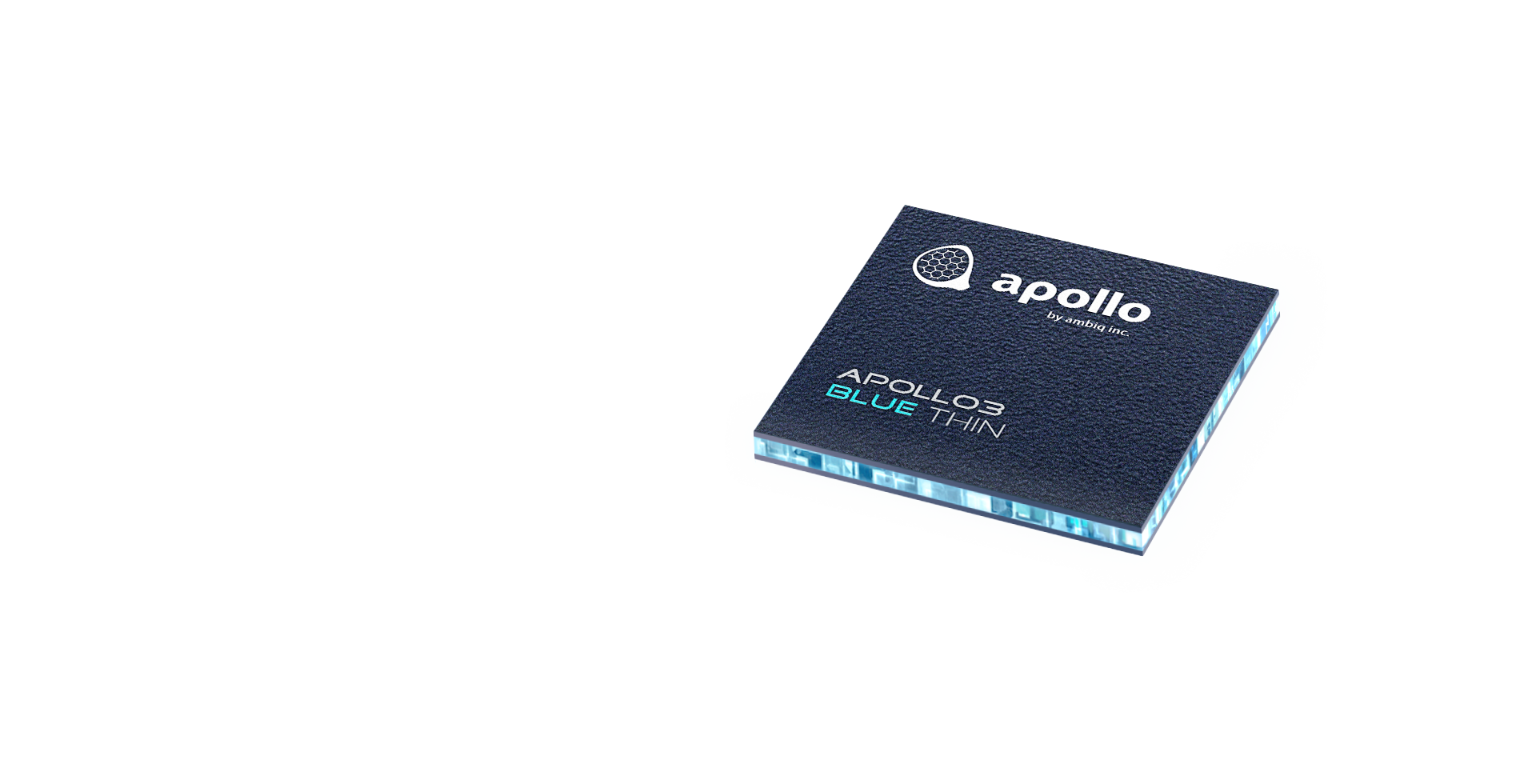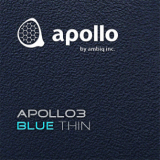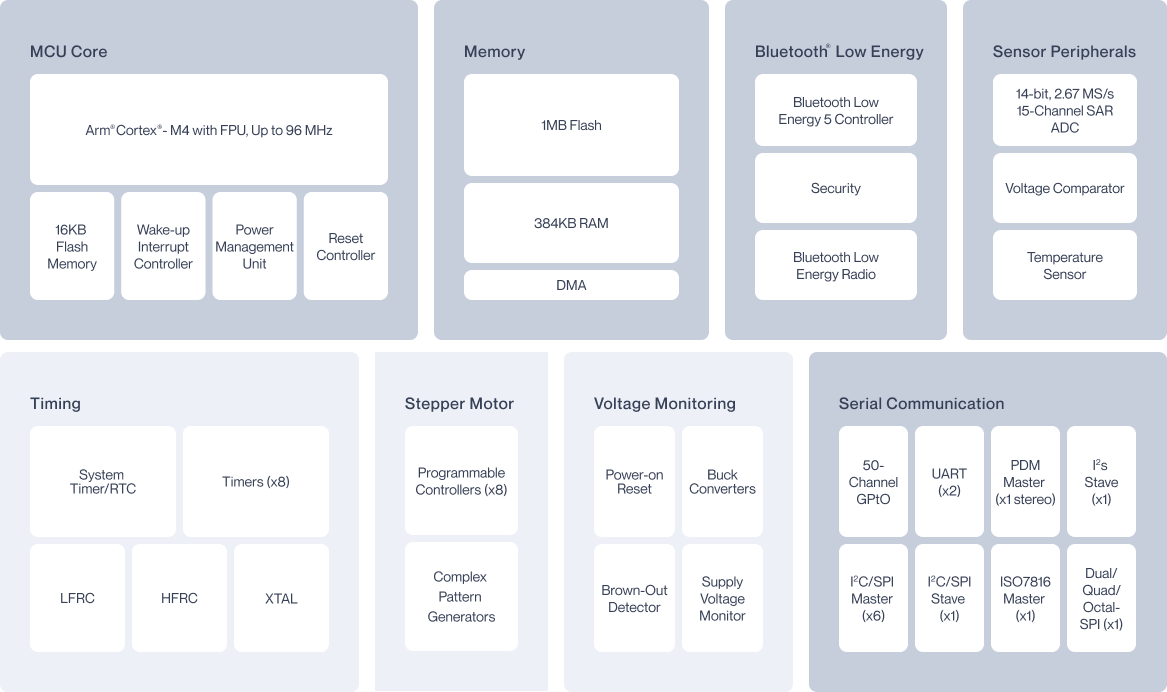Apollo3 Blue Thin
Connected and Smart

Apollo3 Blue Thin introduces Bluetooth® Low Energy to the popular Apollo3 platform for connected devices. Discover the endless possibilities of endpoint AI devices in the connected world.




Apollo3 Blue Thin introduces Bluetooth® Low Energy to the popular Apollo3 platform for connected devices. Discover the endless possibilities of endpoint AI devices in the connected world.


Browse our Design Resources which includes product briefs, datasheets, selector guides, family brochures, white papers, quick start guides, and more to help you learn more about products.